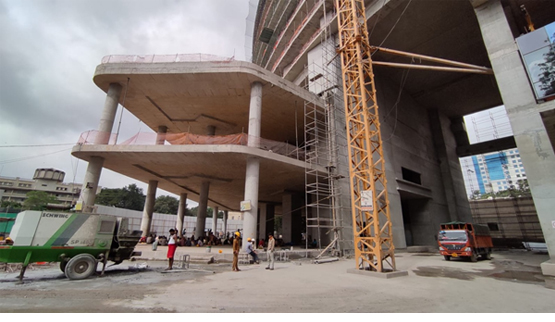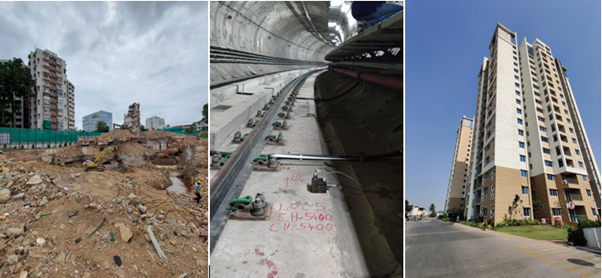Its obvious, I begin this topic with the most circulated structural failure case in the engineering community, the Tacoma bridge in the Washington area of United States; opened for public in 1940, this bridge collapsed in the most dramatic way within about 6 months of its commissioning, many reasons point to the failure, but what failed finally is the structure and in-turn the suspension bridge.
Suspension and wire stayed bridges are nothing new to that times when this bridge was constructed; from hard slab base intermittent support bridges, the technology had moved to this new invention in early 1900 and many engineering variables and uncertainties were already addressed to the time the Tacoma bridge was conceived. However, there were specific sets of dynamics that were still not understood in terms of system eigen parameters that come into play when a certain set of boundary conditions excite the bridge (the system) and it responds so non-linearly that failure or a total collapse becomes nearly inevitable.
Multiple reasoning exists for the failure, but the most understandable model that fits this failure is that there was a certain load / force from the consistently passing wind, also called the NeXT (Natural Excitation) on the bridge, the bridge started oscillating in a certain shape (or mode), given the dimension and the specific dimensions of the bridge, the shape of the movement started becoming more complex in terms of their phase and magnitude; now at a certain point the damping or the energy absorption capability of the bridge as a whole system went way below the energy being accumulated due to the continuous excitation from the wind loads, the inevitable happened, bridge collapsed like a pack of cards.
Moving on, rapid urban expansion and population explosion in much parts of the world and in particular to exponentially growing Asian countries (China, India etc.) have led to unabated construction activities; many of the urban infrastructure are growing at a rate that is defying and defeating many of the basic consideration of soil, strata and other seismic considerations; this has resulted in many of high rise buildings and other structures to exhibit higher levels of vibrations perceived from many sources around their construction.


NV Dynamics, over the past 8 years or so is working on assessing these vibrations in a scientific and systematic method to arrive at probable causes and possible mitigation plans; a variety of innovative solutions are being proposed on a case to case basis to minimize the influence of vibration on both the human occupants and to the structure itself. From Metro rail corridors to high rise office spaces, from bridges to highway via-ducts, we have worked on many critical assignments and have established the overall methodology to prescribe our customers on the most optimal solution approach. For more information on our services, please visit www.nvdynamics.com or call us at +91 77603 81818.
